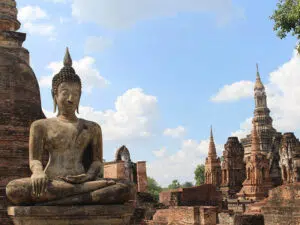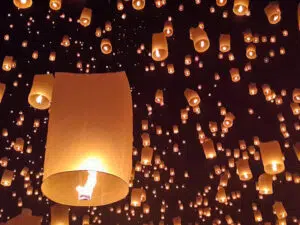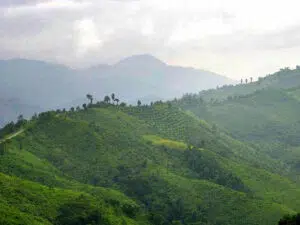North Thailand
Chiang Mai
The capital of the North with its fascinating indigenous cultural identity such as diverse dialects, cuisine, architecture, traditional values, festivals, handicrafts and classical dances is a prime location in its own right. In addition, the presence of hill tribes and their wealth of unique cultures enhance Chiang Mais distinctive diversity. Chiang Mai is also blessed with pristine natural resources of mountains, waterfalls, and other nature-based tourist attractions. At the same time, Chiang Mai residents are warm, gracious and congenial providing authentic hospitality making visits memorable and meaningful. Moreover, visitors from all walks of life can collect handicrafts of silk, silver and wood produced locally as timeless souvenirs.
Chiang Rai
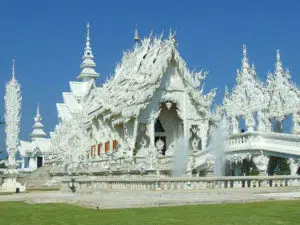
Photo by Marcin Czeniawski on Unsplash
Chiang Rai is the northernmost province of Thailand, situated on the Kok River basin. The province, which is located within the renowned Golden Triangle area where Myanmar, Laos and Thailand converge, is also known as the gateway to Myanmar, Laos and Southern China. Chiang Rai is a travellers paradise endowed with abundant natural tourist attractions and antiquities. The province itself is evidence of past civilization. Attractions range from magnificent mountain scenery, ruins of ancient settlements, historic sites, Buddhist shrines and ethnic villages as the province is also home to several hill tribes who maintain fascinating lifestyles. These ethnic minorities began to arrive in Thailand at the end of 19th century and some groups may have been here much longer. They were forced out of their native countries, such as Myanmar, China, and Tibet by civil war and political pressures. Each hilltribe has its own customs, culture, religion, clothing and language.
Mae Hong Son
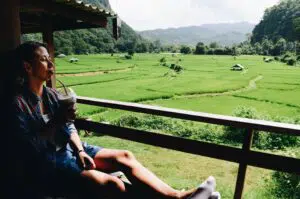
Photo by Stephanie Ecate on Unsplash
This charming small town is nestled in a deep valley hemmed in by high mountain ranges. It has long been isolated from the outside world. Today, Mae Hong Son is one of the dream destinations for visitors. The Thai Yai culture has had a strong influence on the province, as can be seen in its architecture. Although a part of the Lanna region, the indigenous Thai Yai people living in Mae Hong Son have developed their own architectural style which is different from other Lanna communities for example in Chiang Mai. Daily flights into its small airport bring growing numbers of tourists, attracted by the spectacular scenery, numerous hilltribe communities and soft adventure opportunities.
Nan
A quiet and tranquil town, Nan nestles in a verdant valley in northern Thailand. The people of Nan descend from the Laotians. Their forebears moved here to settle around 700 years ago at the time when Sukhothai was becoming the kingdom of the Thais. Nans history is deeply involved with its neighbours, in particular Sukhothai which played an important role in both political and religious terms before Nan became a part of Lanna, Burma and Thailand in that order. Today Nan is still the home of numerous Thai Lue and other hilltribes who retain highly interesting customs and traditions.
Sukhothai
Thailand